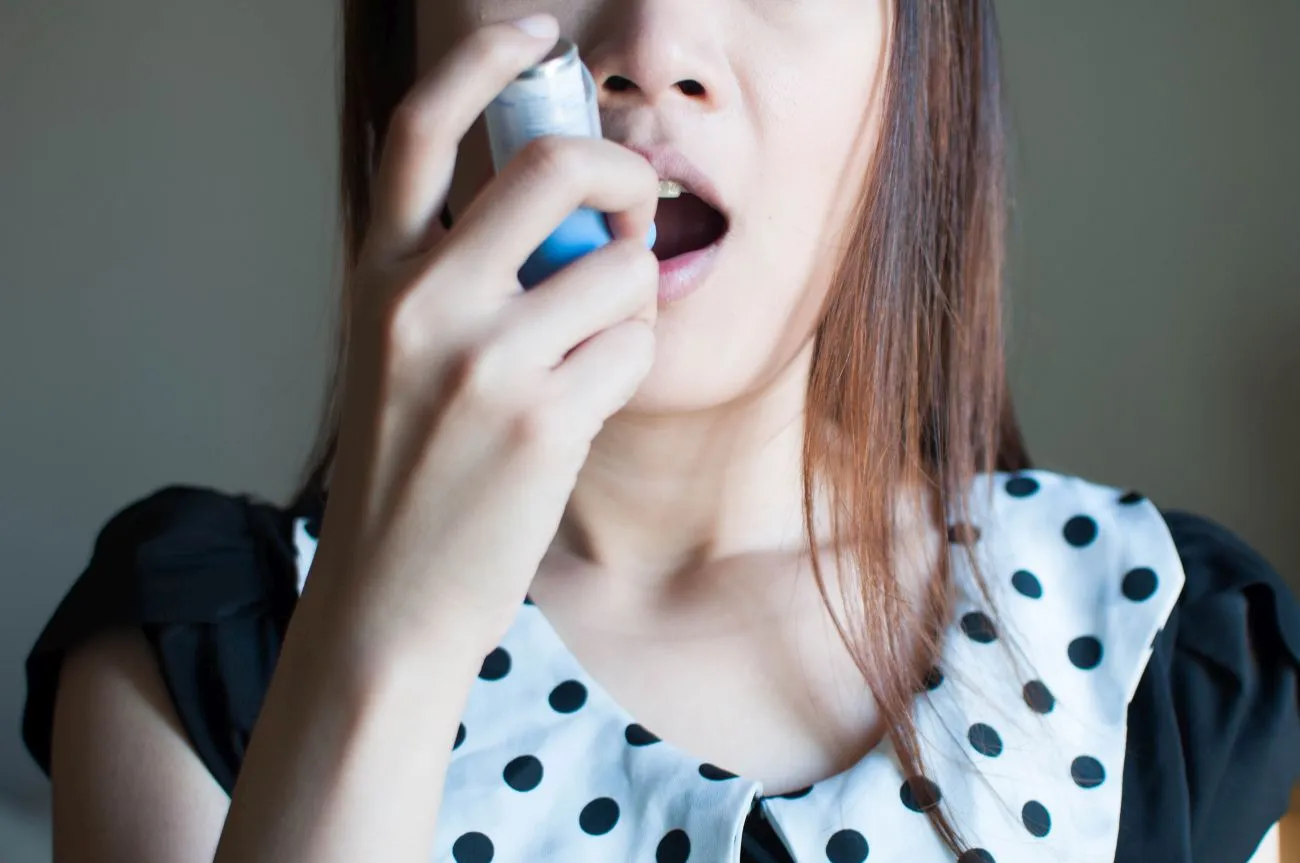Research shows that an estimated 25 million people in America suffer from asthma. At times, this serious lung disorder can leave sufferers literally gasping for air. An intense attack definitely warrants a trip to the emergency room. While childhood asthma can disappear later in life, many people never outgrow it. Despite the seriousness of asthma, the symptoms can be effectively managed with the right treatment plan.
Every year, new medications are being developed.
Let’s take a look at the top five treatments for asthma.
Signs and Symptoms of Asthma
Shortness of breath is among the earliest signs of asthma. After performing a physical activity such as climbing stairs or walking to the mailbox, it’ll be even harder for the person to catch their breath. Exercising for long periods of times will be especially difficult. Along with the labored breathing often comes wheezing; the distinctive whistling sound will be hard to overlook.
Chest tightness is yet another common asthma symptom. It may feel as if someone is sitting on the individual’s chest. When experiencing an asthma flair-up, expect the person to do a great deal of coughing. This is a result of mucus buildup within the lungs. While coughing can occur at any time of the day, it’s more likely to take place at night.
1. Inhaled Corticosteroids (Long-Term Prevention)
In order to keep the symptoms of chronic asthma at bay, most people will need to take long-term control medication. Inhaled corticosteroids tend to be a very popular choice. Doctors will usually recommend the asthmatic to take an inhaled corticosteroid at least once a day. If the person misses even a few doses, there’s a good chance of the symptoms quickly returning. The goal of taking an inhaled corticosteroid is the keep the airways clear. When taken as recommended, corticosteroids can dramatically reduce the need for hospitalization. Some of the most familiar brands include Flovent HFA and Asmanex Twisthaler.
The side effects of taking corticosteroids tend to be quite mild. Hoarseness is a very common side effect. However, this issue can be prevented by the person thoroughly rinsing their mouth after taking the medication. While corticosteroids are generally considered to be safe, studies have shown they can cause children to experience a slowed growth rate. Fortunately, it’s more of a temporary side effect that goes away after the first year. Patients should never take more than the recommended inhalations.
2. Short-Acting Beta Agonists (Quick-Relief Rescue Inhalers)
Short-acting beta agonists are designed to provide asthma sufferers with quick relief. For example, the individual may be experiencing a sudden asthma attack. After using a rescue inhaler, their airways should immediately start to open up. Short-acting beta agonists are also highly recommended for exercise-induced asthma. Pre-treating with a rescue inhaler will help keep the person’s lungs unobstructed during physical activity. While short-acting beta agonists have proven to work well, the effects usually wear off after a few hours.
Taking a quick-relief rescue inhaler can cause symptoms such as increased heart rate and rapid palpitations. Therefore, doctors urge patients to only take rescue inhalers as needed. If the person is starting to rely upon short-acting beta agonists on an everyday basis, their asthma is likely not under control.
3. Allergy Shots
Roughly 60 percent of asthmatics tend to also suffer from allergies. In fact, an allergic reaction to a certain substance can definitely trigger an asthma attack. Some of the most common allergens include pet dander, pollen, dust mites, roaches, and mold.
By administering an allergy test, a doctor can pinpoint exactly which irritants affect the person. Afterward, they may suggest taking a weekly allergy shot. It functions similar to a flu vaccine. Unfortunately, allergy shots take a while to start reducing symptoms. In fact, some people may not start seeing any results until after a year.
Aside from mild redness at the injection site, an allergy shot can trigger anaphylaxis. This is a serious systematic reaction that can cause throat swelling, dizziness, and nausea. Because anaphylaxis is potentially life-threatening, patients are required to wait at least 30 minutes after getting an allergy shot. Luckily, anaphylaxis is rather rare.
4. Leukotriene Modifiers
Like inhaled corticosteroids, leukotriene modifiers are for long-term management of asthma symptoms. These medications are usually taken in pill form. Because leukotriene modifiers need time to build up inside the body, most people need to take them at least a few weeks before seeing the full benefits. Singulair (montelukast) and Accolate are two of the most popular brands.
Upon initially taking a leukotriene modifier, it’s not common for patients to have some side effects. Some of the typical ones include nausea, headache, and nasal congestion. While most of these symptoms will subside over time, leukotriene modifiers have been reported to cause increased nightmares and depression.
5. Antihistamines
As mentioned earlier, asthma is often directly tied to allergies. Antihistamines can definitely help curb asthma symptoms in some people. However, they will need to be taken on an everyday basis. Cetirizine and loratadine are two of the most well-known antihistamines. Not only are these antihistamines effective at preventing allergy-induced asthma, but they are also available in over-the-counter formulas. To find out which antihistamine works the best, patients should only use one at a time.
There are just a few side effects that stem from using antihistamines. Some people may experience drowsiness and headaches. Patients should also be careful about taking antihistamines that contain a decongestant. For instance, Zyrtec-D can cause elevated blood pressure and stimulate fast heart rhythms.
